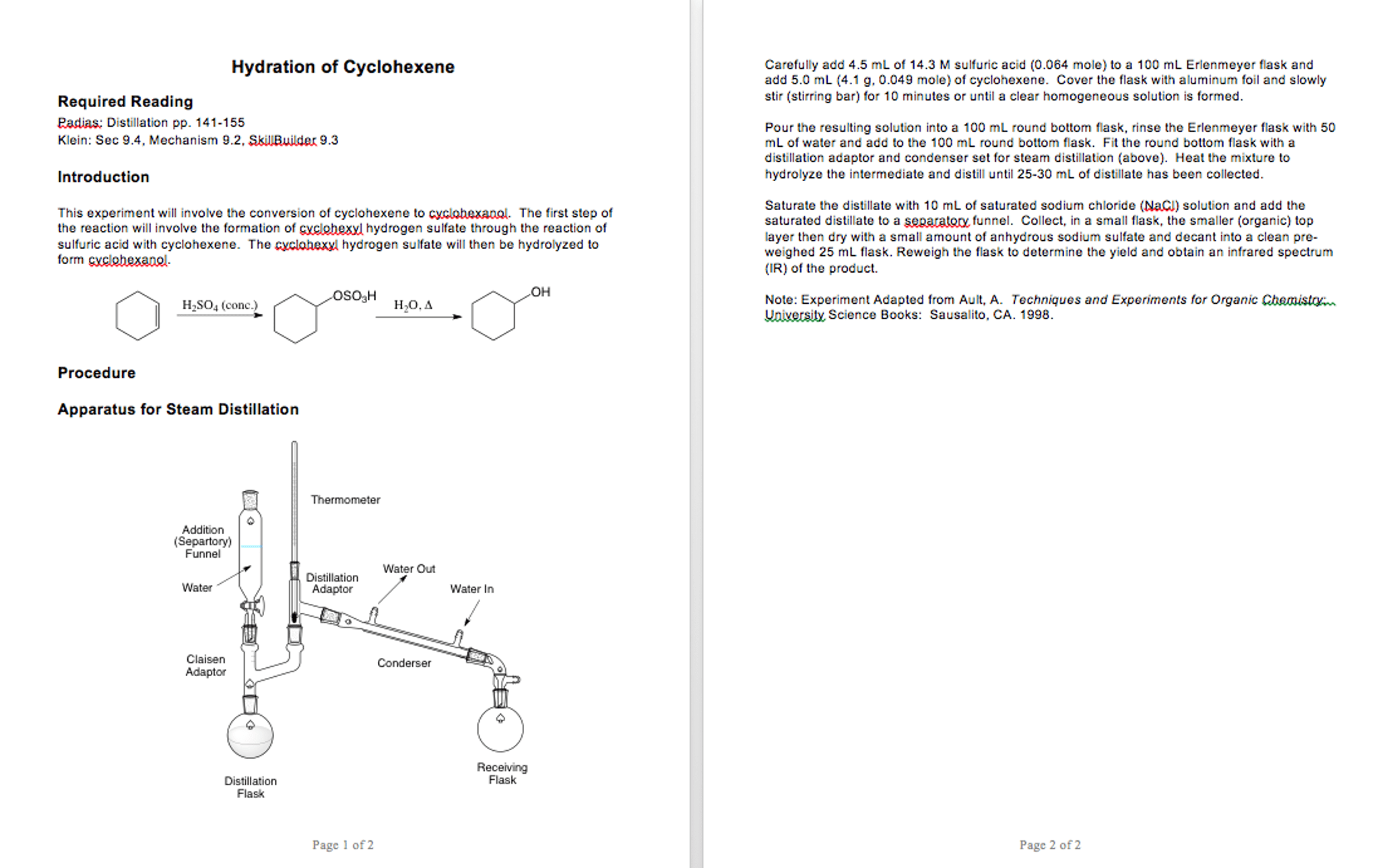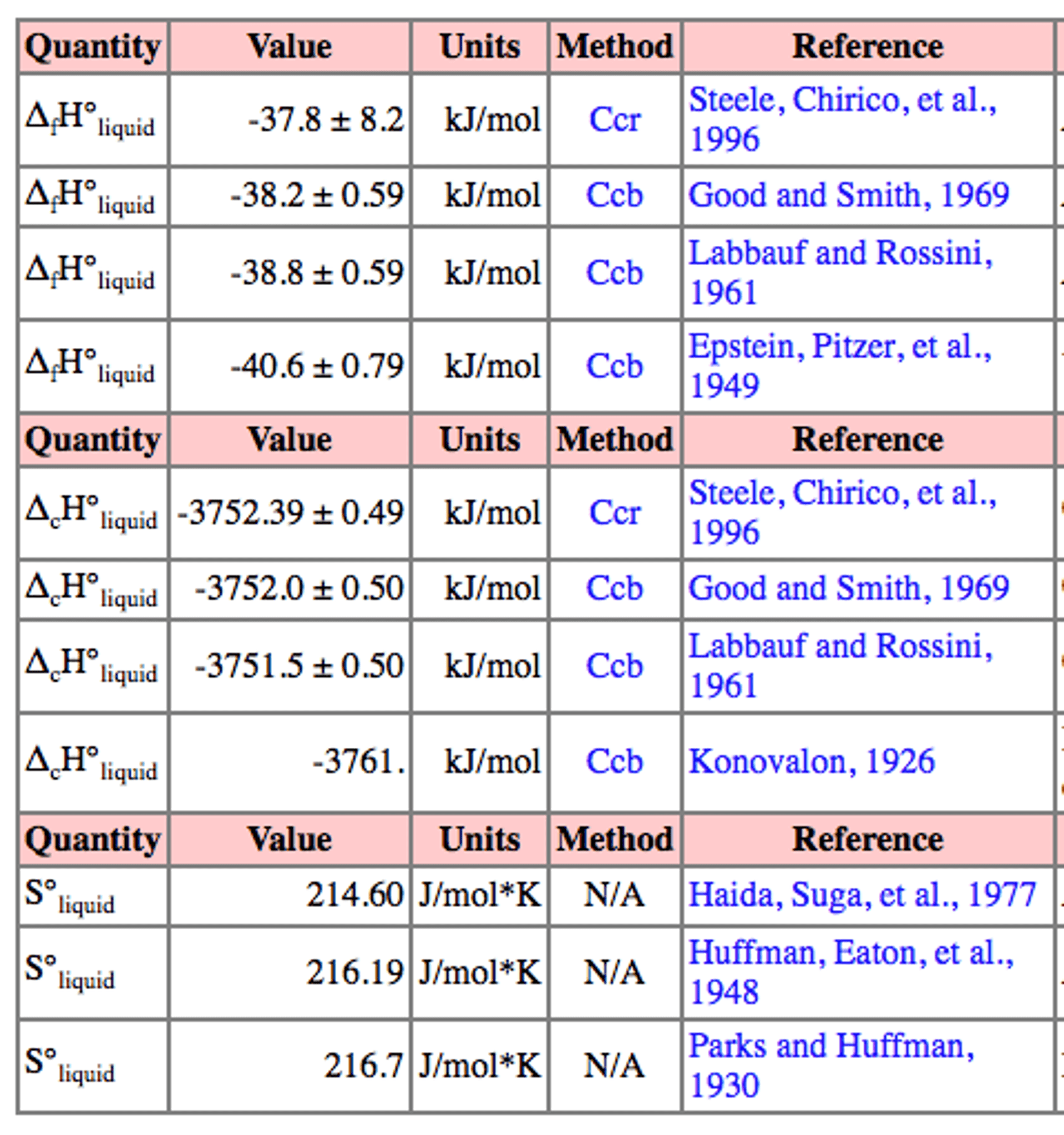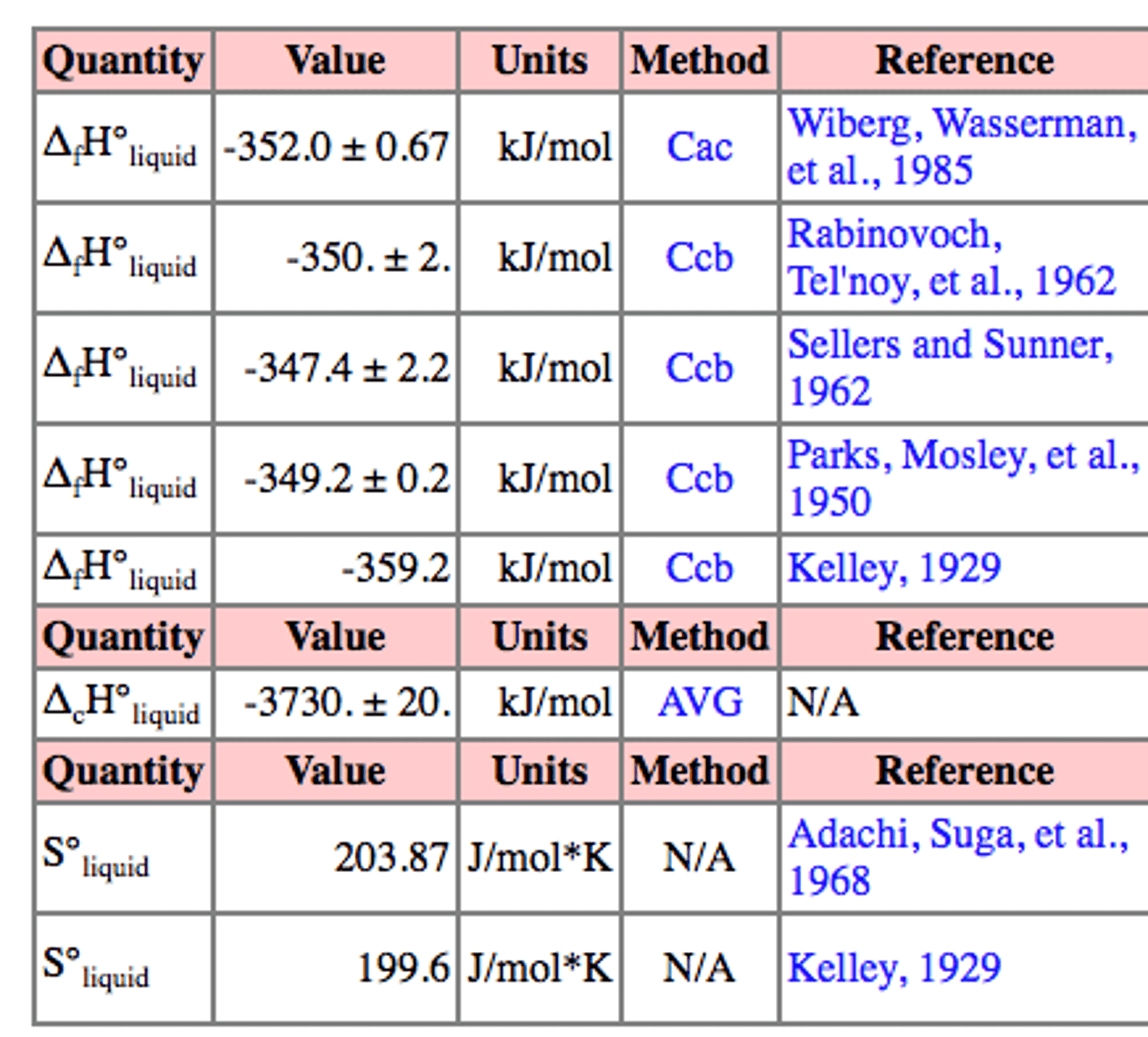What is the most likely reaction that would be competing with the desired elimination (E1) reaction? Draw the mechanism of this reaction and the expected product. Why is the formation of this product not an issue in the experiment you performed?
Laboratory Procedure
1. Set up a fractional distillation apparatus so that the receiving flask can be cooled in a ice water bath.
2. In your distillation flask (50mL flask if possible) place 15 mL of t-pentyl alcohol(2-methyl-2-butanol) and slowly mix in 8 mL of 9 M sulfuric acid.
3. Collect all products with a temperature below 90 oC. During the distillation the temperature should stay below 80 oC for most of the reaction. Stop when 90 oC or about 10 mL remains in the reaction flask.
4. Transfer the crude product to an Erlenmeyer flask and dry with a small amount of anhydrous potassium carbonate. If the product remains cloudy after a few minutes add another small portion of carbonate.
5. Transfer the clear liquid organic product into a fresh DRY 25 mL round bottom flask and simple distill the organic alkenes into a chilled receiver.
6. Determine boiling point from this simple distillation and record the yield of the purified material collected.
7. Add a few drops of bromine test solution to check for the presence of alkenes. Record your observations. Did the color change? Did the bromine solution (brown/orange) react with your product?
What is the most likely reaction that would be competing with the desired elimination (E1) reaction? Draw the mechanism of this reaction and the expected product. Why is the formation of this product not an issue in the experiment you performed?
Laboratory Procedure
1. Set up a fractional distillation apparatus so that the receiving flask can be cooled in a ice water bath.
2. In your distillation flask (50mL flask if possible) place 15 mL of t-pentyl alcohol(2-methyl-2-butanol) and slowly mix in 8 mL of 9 M sulfuric acid.
3. Collect all products with a temperature below 90 oC. During the distillation the temperature should stay below 80 oC for most of the reaction. Stop when 90 oC or about 10 mL remains in the reaction flask.
4. Transfer the crude product to an Erlenmeyer flask and dry with a small amount of anhydrous potassium carbonate. If the product remains cloudy after a few minutes add another small portion of carbonate.
5. Transfer the clear liquid organic product into a fresh DRY 25 mL round bottom flask and simple distill the organic alkenes into a chilled receiver.
6. Determine boiling point from this simple distillation and record the yield of the purified material collected.
7. Add a few drops of bromine test solution to check for the presence of alkenes. Record your observations. Did the color change? Did the bromine solution (brown/orange) react with your product?
For unlimited access to Homework Help, a Homework+ subscription is required.



